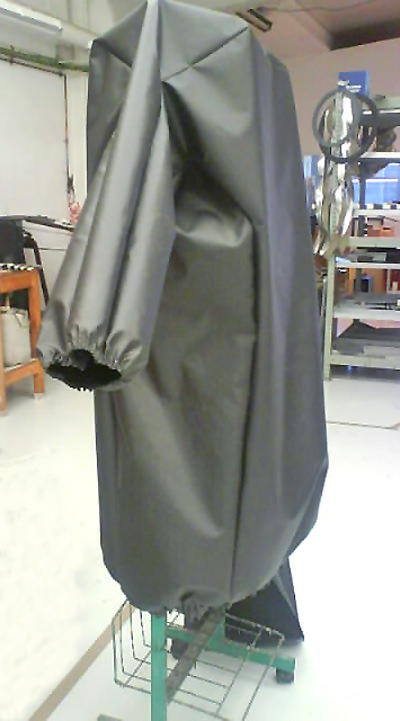
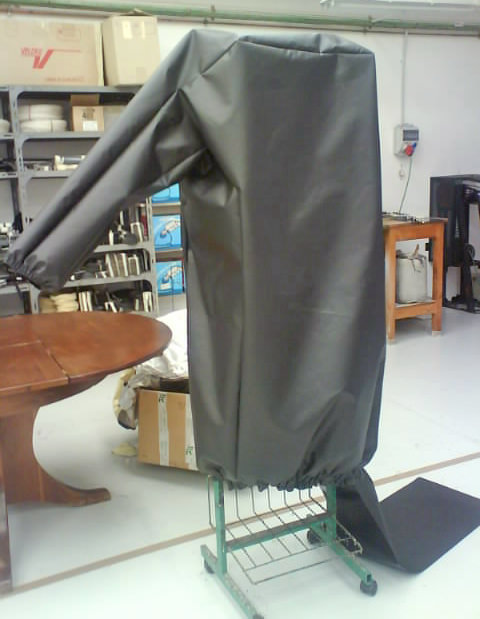
In the age of automation, industrial robots are essential for high-precision production processes. Used in a wide range of industries such as automotive, electronics and pharmaceuticals, these systems require increasingly advanced levels of protection to ensure their optimal operation and longevity. Precision in repetitive tasks, speed and accuracy in production depend heavily on keeping these machines free from contaminants, damage and wear.
Protective bellows and covers play a critical role in this scenario. These components ensure that robots can operate uninterrupted in challenging environments, ensuring that automated processes run smoothly, with minimal human intervention and with as little downtime as possible.
This article will examine how bellows and covers help protect industrial robots, preserving their ability to perform complex tasks accurately and robustly, even under extreme conditions.
Why Industrial Robots Need Advanced Protection
Industrial robots perform crucial tasks on automated production lines, exposing them to harsh conditions that could impair their performance. Without proper protection, these robots can be exposed to hazards including dust, chips, chemical residue, moisture, heat, and other damaging agents. Over time, these factors can compromise the proper functioning of the most sensitive components, such as robotic arms, joints, and internal electronic systems.
Some key risks faced by industrial robots include:
- Contamination from dust particles or metal chips in manufacturing environments.
- Humidity that can oxidize and damage metal parts.
- Extreme temperatures that can affect the performance of actuators and motors.
- Aggressive chemical agents that can corrode electronic or mechanical components.
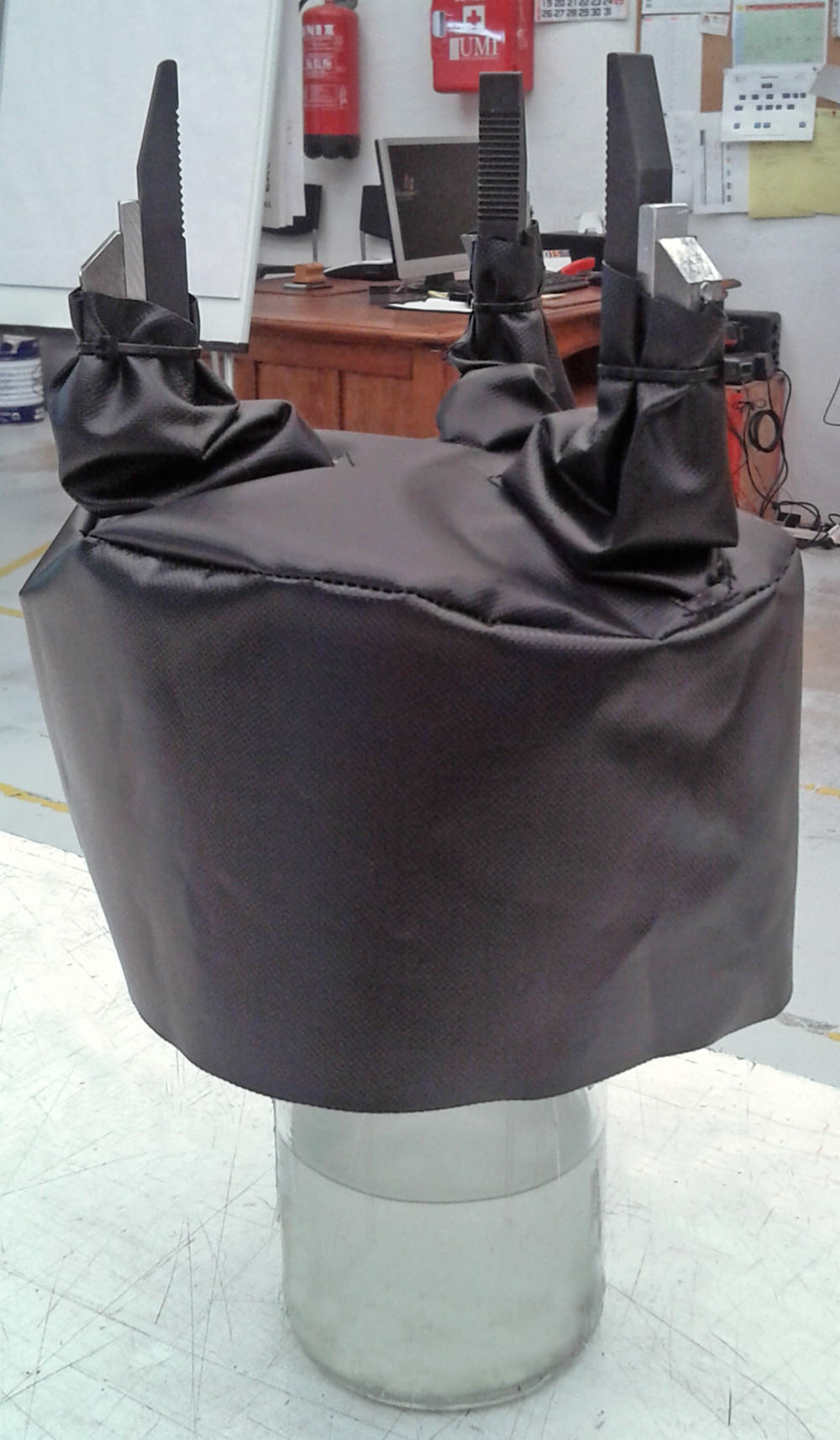
The Role of Bellows in Protecting Industrial Robots
Bellows, also known as flexible guards or accordion covers, are highly effective components for keeping machinery protected from external elements. They are primarily placed in critical areas of motion, such as joints and joints of robotic arms, where parts are exposed to the greatest risk of contamination and wear.
Key Benefits of Bellows in Industrial Automation:
- Protection from Particles and Contaminants:
One of the biggest benefits of bellows is their ability to seal vulnerable points on the robot, preventing dust, metal shavings, welding residue, or harsh chemicals from reaching internal parts. This is crucial in industries such as metalworking or automotive, where robots work in environments filled with fine particles that could compromise their functionality. - Flexibility and Wear Resistance:
Bellows are designed to move in sync with robots, maintaining their integrity over thousands of operating cycles. Made from durable materials such as polyurethane, PVC or reinforced fabrics, these bellows offer long-lasting protection against abrasions and deformations, ensuring that the robot’s movements are not affected. - Insulation from extreme temperatures:
Bellows can also act as thermal insulators, protecting delicate components from extreme temperatures that could damage the system. In high-temperature environments, such as in casting or welding processes, bellows can prevent motors and sensors from overheating.
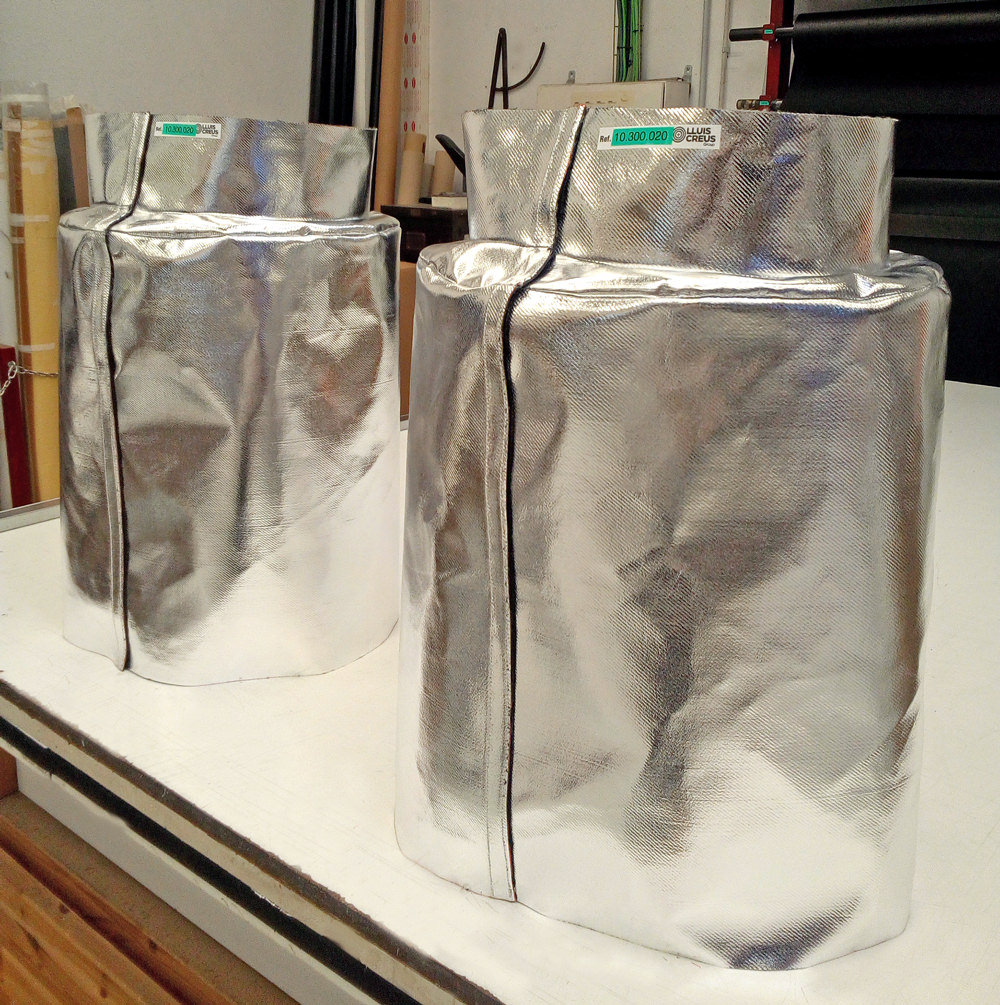
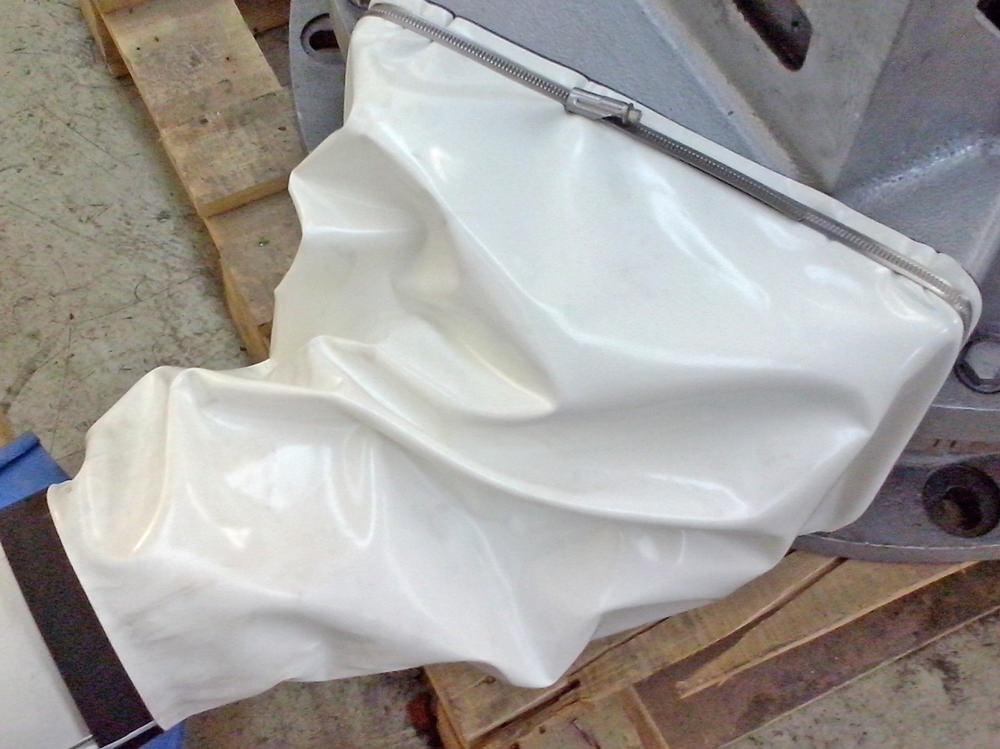
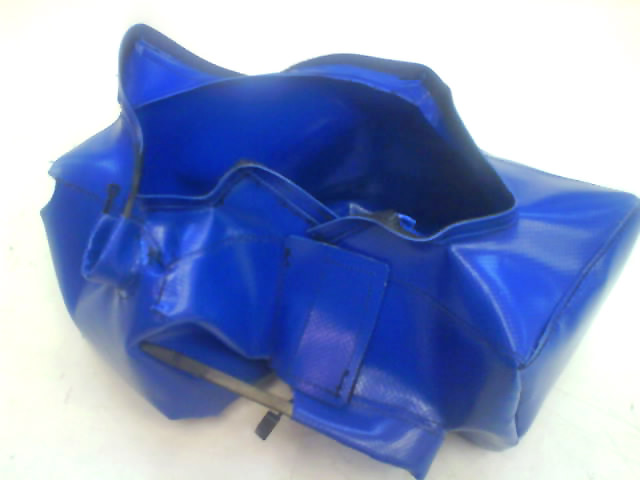
Protective covers: Extra defense in challenging industrial environments
While bellows offer more localized protection, protective covers provide broader defense, covering large areas of the robot or even protecting the entire robotic system. Covers can be made from a variety of materials, including tough polymers, aluminum foils, or advanced textiles, depending on the specific needs of the work environment.
Benefits of protective covers in industrial robotics:
- Comprehensive equipment protection:
The covers act as a complete shield, protecting both the mechanical and electronic parts of the machinery. In environments where there is high exposure to corrosive substances or welding processes, the covers protect from splashes, dust, and moisture, preventing the buildup of corrosive agents. - Customization according to application:
Protective covers can be custom designed according to the type of robot and the environment in which it operates. This customization ensures that each part of the robot is adequately protected without limiting its movement or performance. - Ease of maintenance:
By using covers that are easily removable, robot maintenance is simplified. Covers allow quick access to parts that require inspection or repair, reducing machine downtime.
How bellows and covers improve accuracy and productivity
The ultimate goal of advanced protection in industrial robots is to improve accuracy and productivity. By keeping robotic components in optimal condition and free of contaminants, bellows and covers minimize downtime and extend the life of equipment. This has a direct impact on production quality and operational efficiency.
Direct impacts on productivity:
- Reduced unplanned downtime:
When robots are not adequately protected, it is common for them to break down due to dust buildup or worn parts. Bellows and covers reduce these risks, meaning fewer unplanned interruptions to production. - Increased accuracy in repetitive operations:
Contamination or wear on moving parts can compromise the accuracy of robotic movements. By keeping these components protected, bellows and covers ensure that robots maintain their accuracy in repetitive tasks, which is critical in high-precision assembly or manufacturing processes. - Extending the lifespan of robots:
Properly protecting key components of industrial robots not only reduces the need for frequent maintenance, but also extends the lifespan of the machines. This translates into greater long-term profitability and a lower total cost of ownership.
Applications of bellows and covers in specific industries
Automotive industry:
On automotive assembly lines, robots are exposed to metal dust, welding spatter, and chemicals. Bellows and covers in this industry protect the robots’ joints, allowing for precise and long-lasting assembly.
Pharmaceutical industry:
Robots in the pharmaceutical industry must operate in extremely clean environments. Protective covers isolate robots from any external contaminants, ensuring drug manufacturing or packaging processes meet strict hygiene standards.
Food industry:
In food manufacturing and processing, protective covers ensure that robots do not come into contact with contaminants that may compromise food safety, while protecting them from moisture corrosion.
Conclusion: Advanced Protection for Optimal Robot Performance
High-precision automation relies on the reliability and continued performance of industrial robots. Implementing protective bellows and covers is a smart investment that protects robots from harsh industrial conditions, extends their lifespan, and improves their performance.
Advanced protection systems not only reduce maintenance costs and increase productivity, but also ensure that robots maintain their ability to execute tasks accurately and quickly in challenging industrial environments. In short, bellows and covers are essential components for any company looking to optimize its automation process while minimizing the risk of unexpected failures.

